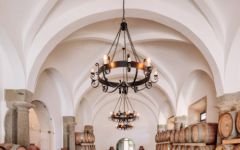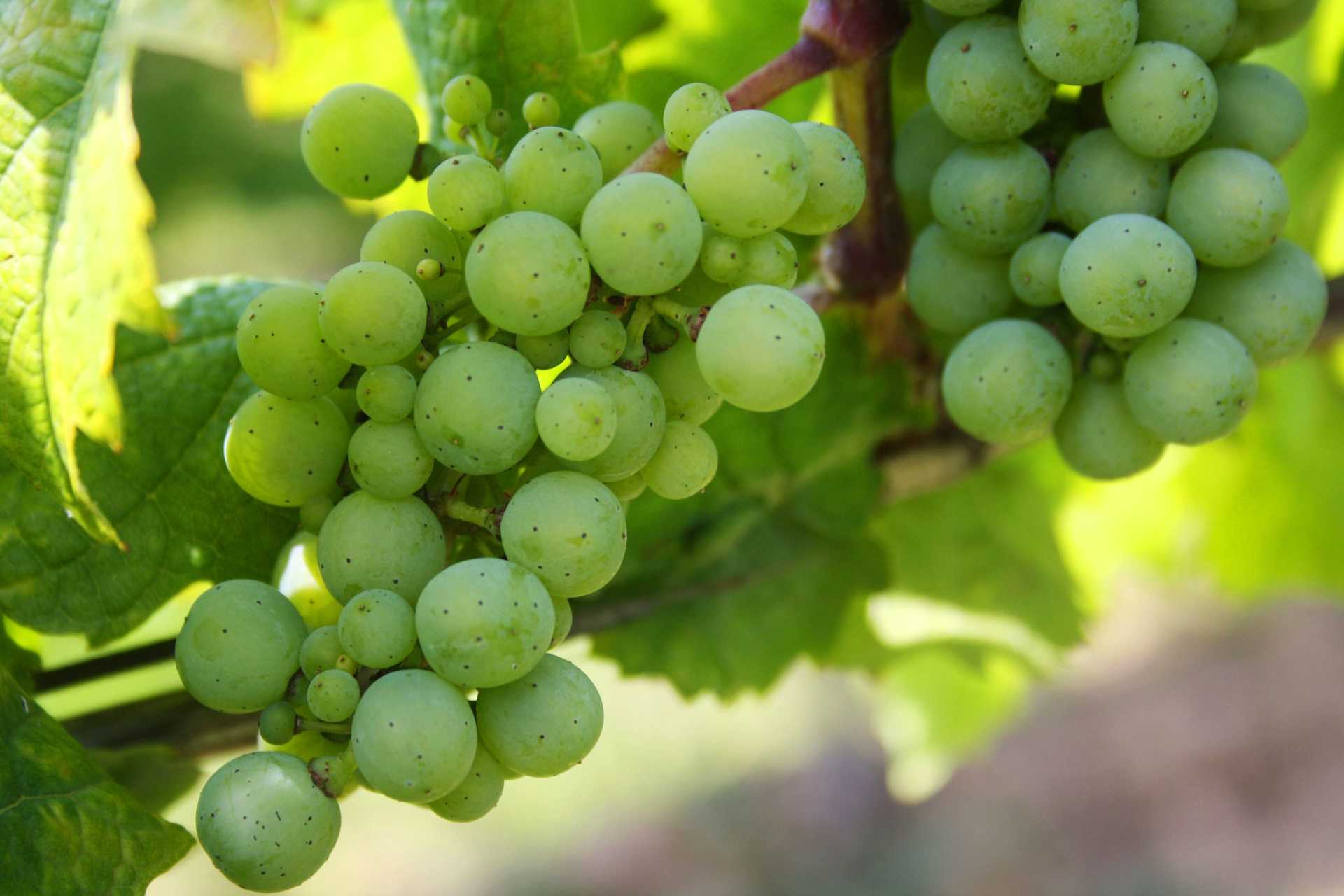FitaPreta Vinhos Branco Da Talha 2018
-
Wine
Enthusiast -
Robert
Parker



Product Details
Your Rating
Somm Note
Winemaker Notes
The 2018 FitaPreta Vinhos Branco Da Talha is yellow-gold in color. On the nose, powerful earth, mineral and honey notes lead the way for focused aromas of green apple, lemon, and unripe mango. On the palate, broad and weighty. Earthy, flinty mineral notes lead the way again here, with high-toned, Chablis-like orchard and stone fruit in the mid palate. The schist shows through on the finish, lending an interesting juxtaposition of finesse with the weight.
Pair this wine with roast chicken with wild mushrooms; richer seafood stews and braises.
Professional Ratings
-
Wine Enthusiast
Fermented in amphoras (talha in Portuguese), the wine combines great fruitiness with a more mineral edge that gives it a distinctive shape. It has touches of honey, as well as yellow fruits. At the end, the wine’s acidity asserts itself. Drink from late 2020.
-
Robert Parker's Wine Advocate
The 2018 Branco de Talha was aged in old 1,000-liter clay amphorae. Very dry (0.3 grams of residual sugar as against seven of total acidity), this wine is a field blend, basically the regular Branco with different vinification, but the blend has undergone some changes. As reported last August, the winery has acquired a new vineyard (with vines from 28 to 49 years old), which now constitutes half of the blend (the other half is 27 to 37 years old). The price has ticked up a bit as well. It comes in at 12.5% alcohol.
This is beautifully focused, with a hint of clay, but without the "dirt" nuance that sometimes strongly occurs. There is fine grip on the finish and just a bit of earthiness. This will likely age pretty well—in essence, it has pre-oxidative vinification, said winemaker/owner Antonio Maçanita. Let's start here. It will be interesting to see where it goes, but it looks superlative just now.
Other Vintages
2019-
Robert
Parker









Fitapreta is the culmination of a partnership between a young, dynamic Portuguese winemaker and a British-born viticulturist, dedicated to a new examination of terroir in the Alentejo. The winemaker Antonio Macanita returned home to his native Portugal after winemaking stints in Napa, Australia and France, most notably Ch. Lynch Bages. David Booth, the viticulturist, was already well established in Portugal when they began work together in 2004. Fitapreta operates on the Portuguese idea of “Palpite” or intuition when it comes to their viticulture and winemaking. With this trust of the land and the natural growth process of the vineyard, Antonio Macanita is able to make wines that are imbued with a singular sense of place. This winery operates on a strictly gravity-fed basis to avoid any harsh treatment of the must. All wines are spontaneously fermented with indigenous yeasts. Small parcels of each vineyard are fermented separately to preserve distinct stylistic qualities. These are then blended to achieve a layered, complete picture of the terroir.
The Alentejo is a large region in southeastern central Portugal, which is one of the agricultural centers of the country. The climate is Atlantic-Mediterranean, with significant diurnal-nocturnal temperature differences. This temperature range produces fruit with a natural combination of maturity and freshness. The Alentejo sees 3,000 hours of annual sunshine and 600mm of annual rainfall, less than 15% of which falls during the growing season. These vineyards are planted to rocky schist at 300-400m elevation.

With hundreds of white grape varieties to choose from, winemakers have the freedom to create a virtually endless assortment of blended white wines. In many European regions, strict laws are in place determining the set of varieties that may be used in white wine blends, but in the New World, experimentation is permitted and encouraged. Blending can be utilized to enhance balance or create complexity, lending different layers of flavors and aromas. For example, a variety that creates a soft and full-bodied white wine blend, like Chardonnay, would do well combined with one that is more fragrant and naturally high in acidity. Sometimes small amounts of a particular variety are added to boost color or aromatics. Blending can take place before or after fermentation, with the latter, more popular option giving more control to the winemaker over the final qualities of the wine.

Responsible for a majority of Portugal’s fine wine production—and over half of the world’s cork production—Alentejo represents a major force in Portugal’s wine industry. This southern Portugese region is characterized by stretches of rolling plains and vineyards dotted with majestic cork oaks. Access to land enables the farmers of Alentejo to produce wines in great economies of scale, without compromising quality, compared to those regions to the north. The region of Alentejo indeed covers a third of the country.
Its classified (DOP) wines must come from one of eight subregions, where elevations are a bit higher, air cooler and less fertile soils are perfect for vines. The optimal regions are Portalegre, Borba, Redondo, Reguengos de Monsaraz, Granja-Amareleja, Vidigueira, Evora and Moura. Alentejo is not without the conveniences of modern winemaking as well. Irrigation supplements low rainfall and temperature control in the winery assures high quality wines.
The potential of the area has attracted many producers and its wine production continues to grow. Alentejo’s charming, fruit-forward wines have naturally led to local and global popularity.
White wines tend to be blends of Antão Vaz, Roupeiro and Arinto. However, in growing proportions, the white grapes Verdelho, Alvarinho and Viognier have been enjoying success. But red varieties actually exceed whites in Alentejo. Aragonez, Trincadeira, Alicante Bouschet and Castelão grapes blend well together and are responsible for most of the Alentejo reds.
